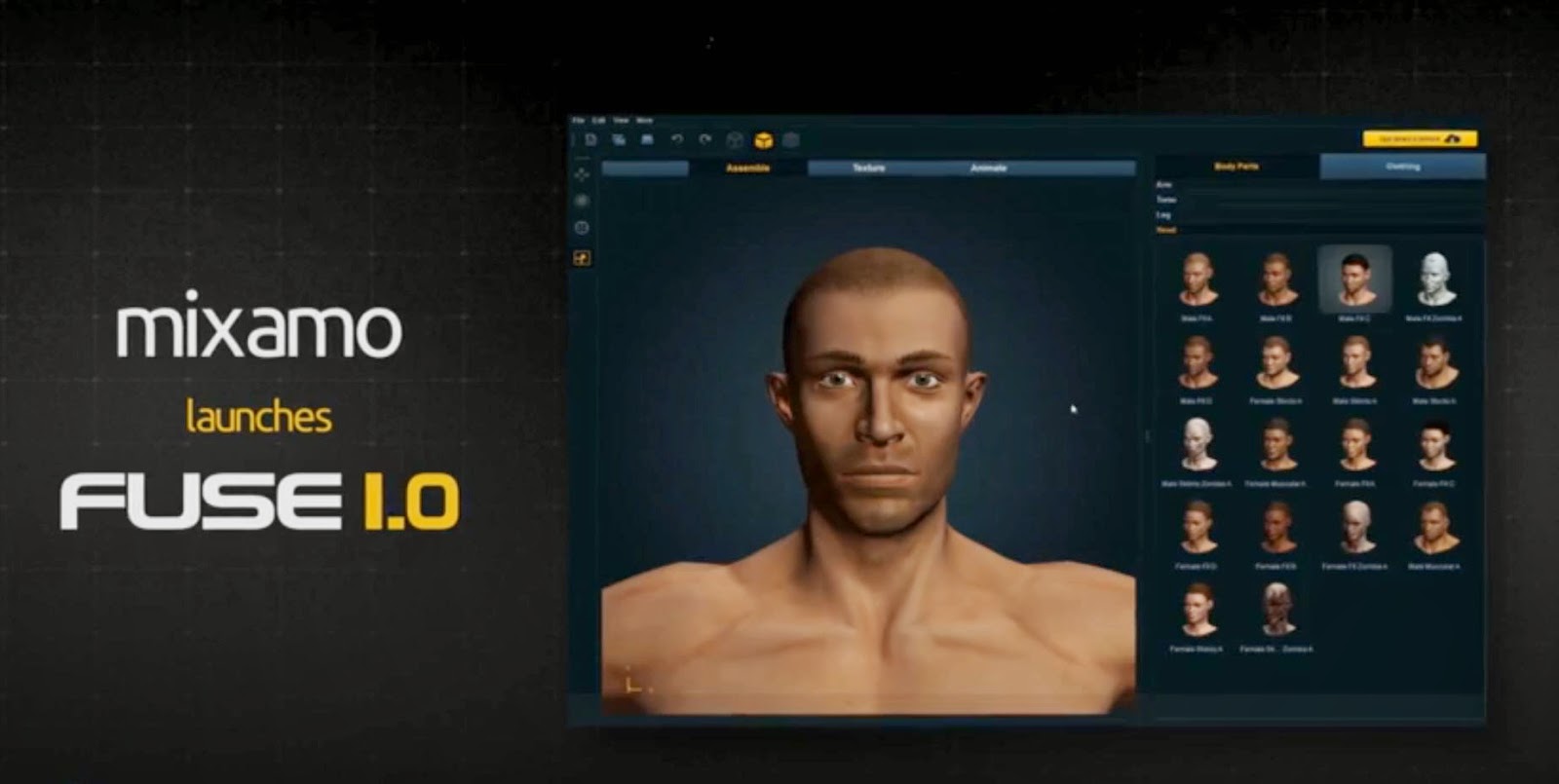

PAUSE: Now before you run off and shoot us emails about how CPU is so slow and everything is going GPU.cats and dogs living together, I am Zuul…take a breath and read this.Arnold being a CPU third party render engine means that it works on both PC and Mac. There are differences, but it is all basically the same, too. It is kind of like learning to drive in a Toyota, and then driving a Ford. If you are on a team that uses Arnold, and move to another shop that uses Redshift, you’re going to notice a lot of similarities. Arnold’s shader and material system uses common terminology, and a node based workflow, that can be found in other render engines. Learning Arnold is a great way to build a foundation that carries over to other render engines. #5: ARNOLD’S WORKFLOW TRANSLATES WELLS TO OTHER ENGINES You can easily hop between 3D applications without needing to spend any more money. Solid Angle doesn’t charge you to use additional plugins either. Currently, Arnold has plugins for Cinema4D, Maya, 3DSMax, Houdini, Katana, and Softimage. If Cinema4D isn’t the only 3D application you are using, it is likely Solid Angle has put out a plugin for whatever else you’re using. #4: USE ARNOLD ANYWHEREĪrnold is just about everywhere. Increase your workflow with Arnold's IPR. Why else would it be used so heavily in VFX and movies? You can throw gigantic scene files at it and with a great degree of certitude knowing you won't have to worry about Arnold crashing and being unable to handle the scene. #1: SOLID IS IN SOLID ANGLE’S NAME FOR A REASONĪrnold is extremely solid. This is just the facts so you can make an informed decision in your career.

We’ll follow up with one of those shortly. The job of these first few articles isn’t a compare and contrast. That leads nicely into why you may consider using Arnold in the future.


That means Arnold prides itself on obtaining photorealistic renders far above what you can get out of the standard and physical renders in Cinema4D. If you find yourself wondering what any of the terms mean, check out our 3D Glossary.Īs written on Solid Angle’s site, “Arnold is an advanced Monte Carlo ray tracing renderer built for the demands of feature-length animation and visual effects.”īroken down, Arnold is an unbiased CPU render engine that uses a technique, Monte Carlo, for rendering. Some of the terms used in this article series may be a bit geeky to say the least. This post should be a good overview if you've never heard of Arnold or if you're curious about using it in Cinema 4D. In this article we will introduce you to Solid Angle’s Arnold Render Engine.


 0 kommentar(er)
0 kommentar(er)
